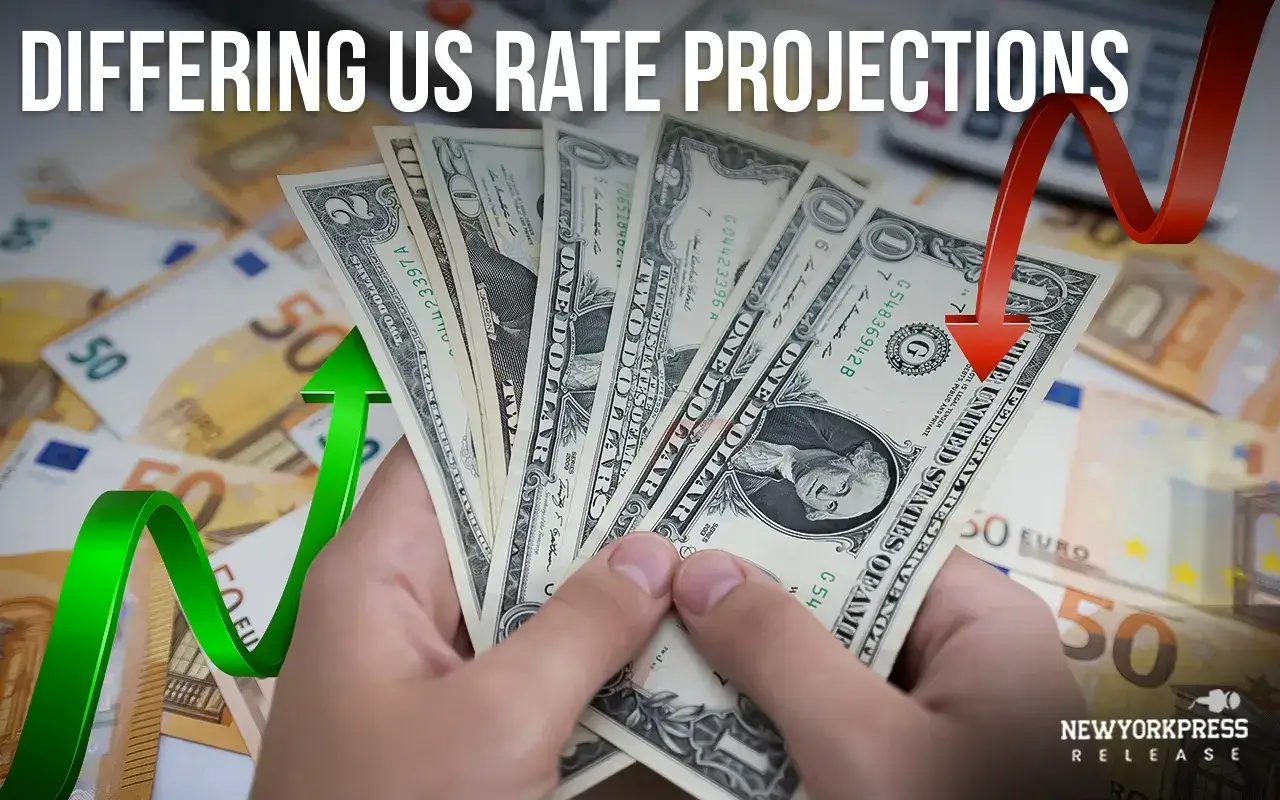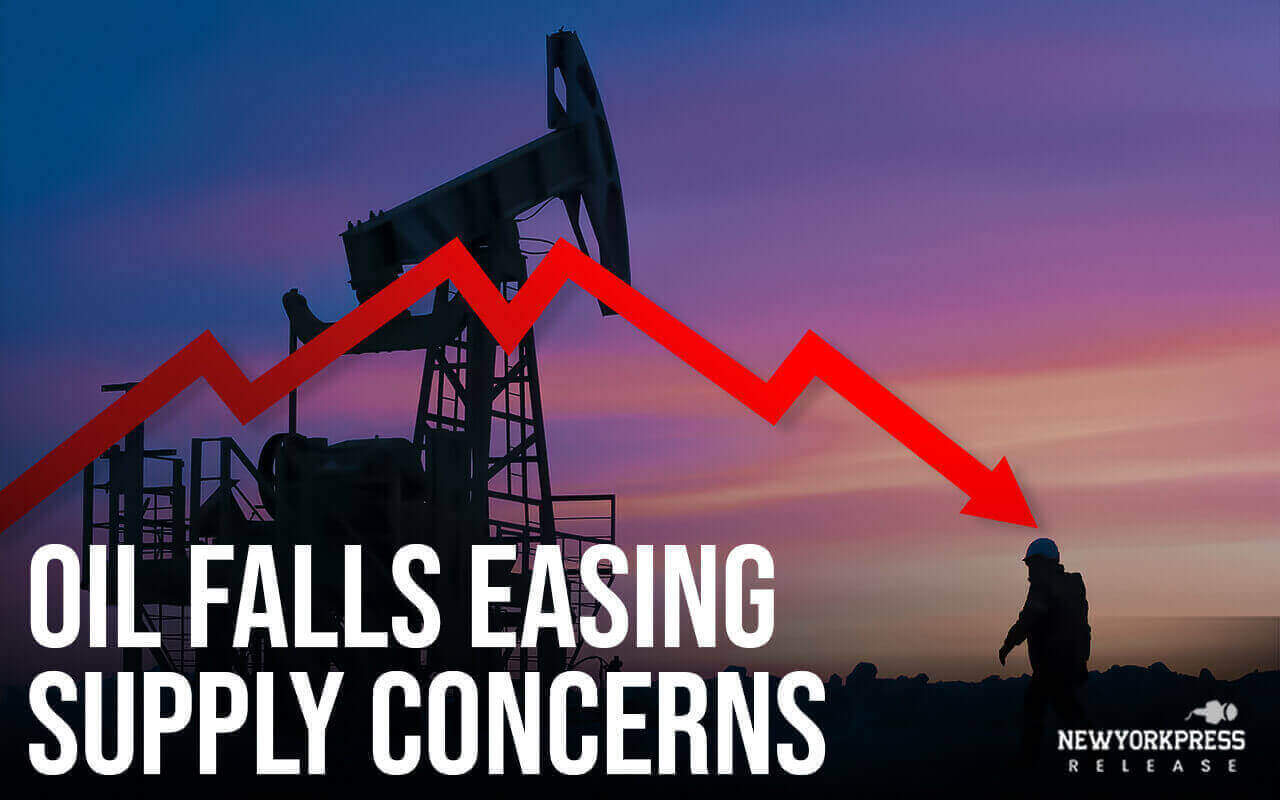As persistent inflation raises questions about how aggressively the Federal Reserve will be able to lower rates this year in comparison to other central banks, the U.S. currency is rallying more quickly.
The index that compares the value of the US dollar to a basket of six major currencies, the U.S. dollar index, opens a new tab. It is up 4.6% so far this year and is almost at its highest point since early November. The index saw its largest weekly rise since September 2022 last week, up 1.7%.
As investors become more certain that the Fed must maintain current interest rates for an extended period of time in order to prevent a possible spike in inflation, the value of the dollar is rising. That opinion was supported by last week’s better-than-expected consumer price data, which indicated that as of late Friday, investors were only pricing in 50 basis points of interest rate cuts in 2024, down from 150 basis points at the beginning of the year, according to futures markets.
Investors, however, feel that certain international central banks, such as Sweden’s Riksbank, the Bank of Canada, and the European Central Bank, may be able to loosen monetary policy. That’s a change from a few months ago, when most people thought the Fed would be the first to lower interest rates.
“We had a fairly clear path that the Fed would likely be the first actor. The data that we have received really does undermine that,” said Eric Leve, chief investment officer at wealth and investment management firm Bailard. “I can see obvious reasons why the dollar could strengthen further.”
Shares of JPMorgan Chase tumbled 6.5% after its net interest income forecast fell short of expectations.
Yield differentials between the U.S. and other economies have widened in recent weeks, contributing to the greenback’s rally as higher yields boost the allure of dollar-denominated assets. The two-year U.S.-German bond spread stood at its widest since 2022 late Friday,
LSEG data showed, a day after the European Central Bank signaled it could cut rates as soon as June.
Bullish investors have increased their bets on the dollar, while bears have wavered. Net bets on the dollar in futures markets stood at $17.74 billion in the latest week, data from the Commodity Futures Trading Commission showed, the highest level since August 2022.
Central bank policy has diverged in recent months, reflecting economies’ varying struggles to contain inflation.
The Swiss National Bank reduced rates by 25 bps in March, its first cut in nine years. Sweden’s central bank has signaled it could cut rates in May if inflation keeps falling, while the Bank of Canada recently suggested it was ready to ease.
The central banks in Australia, Britain, and Norway, on the other hand, appear less eager to loosen monetary policy.
Japan’s yen, meanwhile, has weakened to a near 34-year low against the dollar, though the country has recently ended eight years of negative interest rates. The Bank of Japan has ruled out using rate hikes to support the currency.
Eric Merlis, managing director and co-head of global markets at Citizens, believes the dollar could continue to appreciate broadly on the back of a more hawkish Fed relative to the ECB. The euro has fallen 3.6% against the greenback this year.
“The dollar has room to strengthen. We have the strongest economy right now; in general, the trajectory of yields has been going up,” he said. “Whereas Europe is struggling in terms of growth.”
A stronger dollar could complicate the inflation fight for other economies as it pushes down their currencies while helping the U.S. tamp down consumer prices by tightening financial conditions.
Dollar strength can also be a headwind for U.S. multinationals, as it makes it more expensive to convert their foreign profits into dollars and makes exporters’ products less competitive abroad.
Other factors may also be driving the dollar. The U.S. currency is a popular destination for investors during times of geopolitical uncertainty, which has sharpened in recent days on fears over a widening conflict in the Middle East.
Brian Liebovich, chief dealer for global foreign exchange at Northern Trust, believes the dollar may receive a boost from the Fed allowing assets to run off its balance sheet, a process known as quantitative tightening.
The Fed is currently allowing up to $60 billion per month in Treasury bonds and up to $35 billion per month in mortgage bonds to mature and not be replaced.
While Northern Trust expected the dollar to strengthen by up to 5% going into the U.S. presidential election, “market activity since the initial dollar rally this week suggests that move could happen sooner than expected,” Liebovich said.
Others are less certain that the dollar has more room to run. Shaun Osborne, of Scotiabank, wrote that the dollar’s recent strength means investors have priced in a good deal of bullish news.
Rates and spreads are in the dollar’s favor, however, meaning “the trend at the moment suggests the USD will stay better supported,” he said.
After JPMorgan Chase’s net interest income prediction missed estimates, the company’s shares plunged 6.5%.
The gap in yields between the US and other nations has gotten wider recently, which has helped the greenback appreciate since higher yields increase the appeal of assets denominated in US dollars. A day after the European Central Bank said it may lower rates as early as June, the two-year U.S.-German bond spread hit its widest point since 2022 late Friday, according to LSEG data.
While bears have backed off, bullish investors have raised their wagers on the dollar. According to data from the Commodity Futures Trading Commission, net bets on the dollar in futures markets reached a record high of $17.74 billion in the most recent week, the biggest since August 2022.
The divergent efforts of economies to limit inflation are reflected in the recent divergence in central bank policy.
For the first time in nine years, the Swiss National Bank lowered rates by 25 basis points in March. The Bank of Canada recently indicated that it was prepared to lighten, while Sweden’s central bank has hinted that it may lower rates in May if inflation continues to decline.
Conversely, the central banks of Australia, the United Kingdom, and Norway don’t seem as keen to ease monetary policy.
Even though Japan has just finished eight years of negative interest rates, the value of the yen has dropped to a level close to a 34-year low vs. the US dollar. The Bank of Japan has said that raising interest rates won’t be used to boost the yen.
According to Eric Merlis, managing director and co-head of global markets at Citizens, a more hawkish Fed in comparison to the ECB could lead to further broad dollar appreciation. This year, the euro has dropped 3.6% versus the US dollar.
“The dollar has room to strengthen. We have the strongest economy right now; in general, the trajectory of yields has been going up,” he said. “Whereas Europe is struggling in terms of growth.”
A higher dollar could help the United States control consumer prices by tightening financial conditions, but it could also make the battle against inflation more difficult for other nations by pushing down their currencies.
The strength of the dollar can also work against American multinational corporations by increasing the cost of converting their foreign profits into dollars and decreasing the international competitiveness of exporters’ goods.
The dollar could also be influenced by other variables. In times of geopolitical unpredictability, which has heightened recently due to concerns over a deepening conflict in the Middle East, investors frequently turn to the US dollar.
Chief dealer for global foreign exchange at Northern Trust Brian Liebovich thinks the Fed’s “quantitative tightening,” or letting assets drain off its balance sheet, might help the dollar.
The Federal Reserve presently permits the maturity of up to $60 billion in Treasury bonds and up to $35 billion in mortgage bonds per month without replacement.
Before the U.S. presidential election, Northern Trust predicted that the dollar would appreciate by up to 5%, but according to Liebovich, “market activity since the initial dollar rally this week suggests that move could happen sooner than expected.”
Some people don’t think the dollar has as much room to grow. According to Scotiabank’s Shaun Osborne, investors have priced in a lot of positive news due to the dollar’s recent gain.
The dollar is benefiting from favorable rates and spreads, so “the trend at the moment suggests the USD will stay better supported,” he said.




